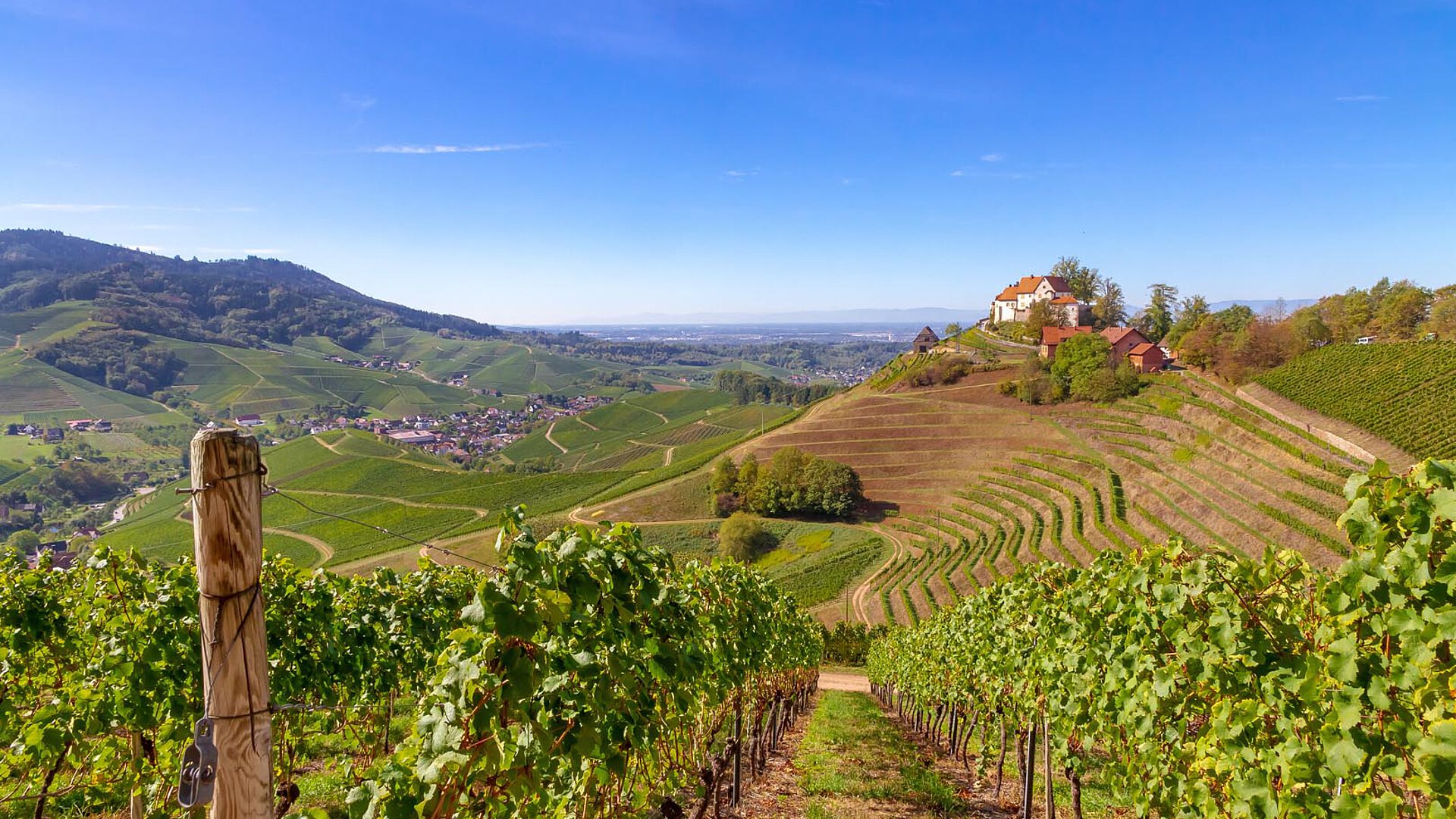Farmtravel glossary
All the Agritourism terms you need to know.
W
Water Mill
- Kategorie:
- W
What is a Water Mill and How Does it Generate Power?
A historic power system utilizing water flow for grain grinding and other agricultural processes, particularly well-preserved in France, where many restored mills in regions like Provence offer visitor experiences.
These engineering marvels demonstrate both renewable energy heritage and traditional food production, often serving as focal points for agricultural tourism and education.
Structural Elements
Key components include:
- Water Wheel: Power generation
- Mill Race: Water channel
- Gear System: Power transfer
- Grinding Stones: Processing unit
- Storage Areas: Grain and flour
Visitor Activities
Experience options include:
Interactive Learning
- Milling Demonstrations: Live processing
- Water System Tours: Engineering insights
- Flour Production: Process viewing
- Historical Talks: Cultural context
- Bread Making: Product utilization
Historical Impact
Social significance:
- Community Center: Social hub
- Economic Role: Local industry
- Technical Innovation: Power evolution
- Rural Development: Agricultural progress
- Trade History: Commercial importance
Conservation Aspects
Preservation includes:
- Structure Maintenance: Building care
- Water Management: Flow control
- Machinery Upkeep: Working order
- Heritage Protection: Historical value
- Environmental Care: Ecosystem balance
Modern Functions
Current uses include:
- Museum Space: Historical display
- Working Mill: Active production
- Educational Center: Learning venue
- Tourist Attraction: Visitor site
- Cultural Heritage: Traditional methods
Water mills represent sustainable technology from our past that continues to inspire modern renewable energy solutions. These structures offer visitors a unique glimpse into historical industrial processes while demonstrating early environmental consciousness. Ready to explore a working water mill during your countryside visit?

